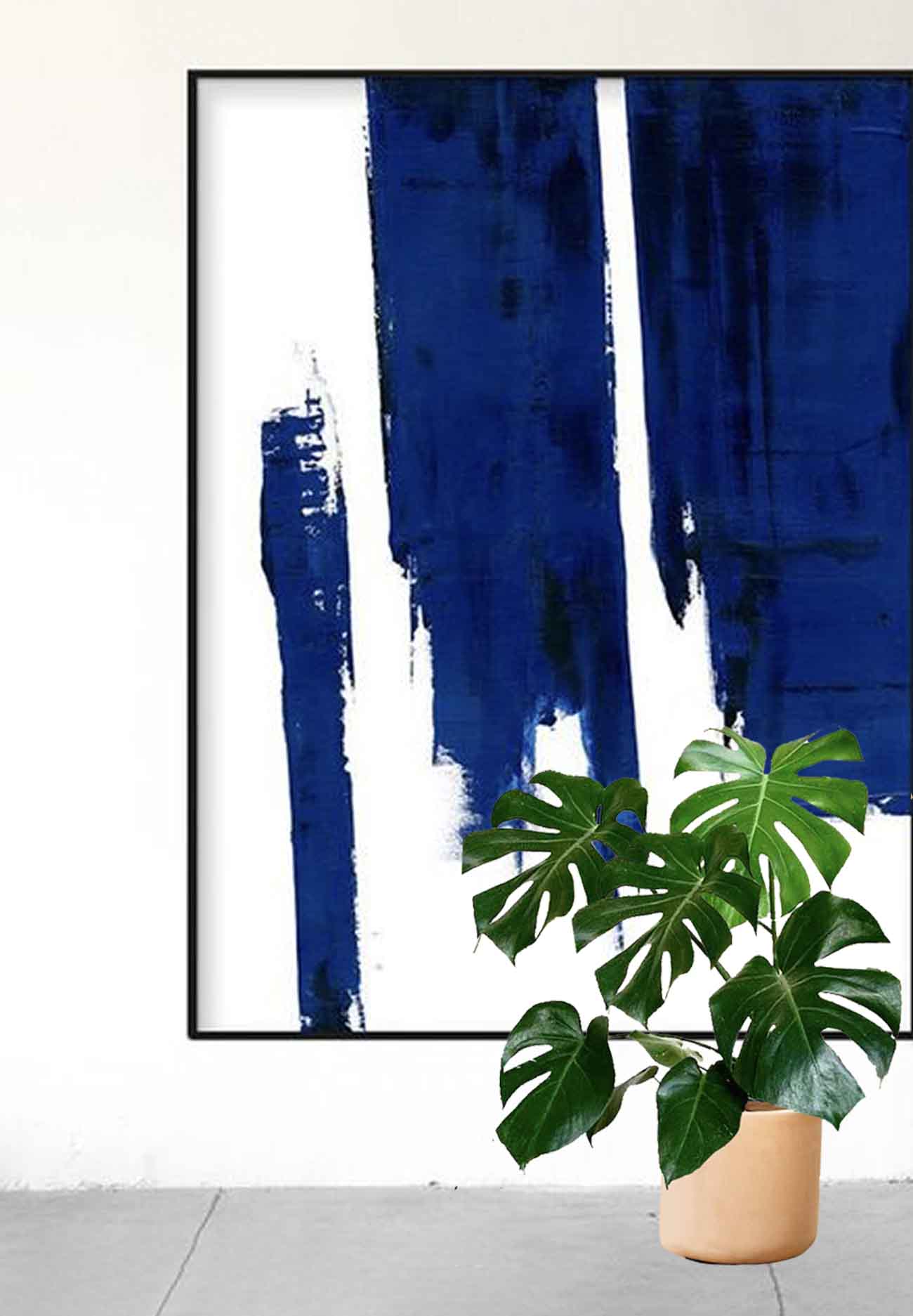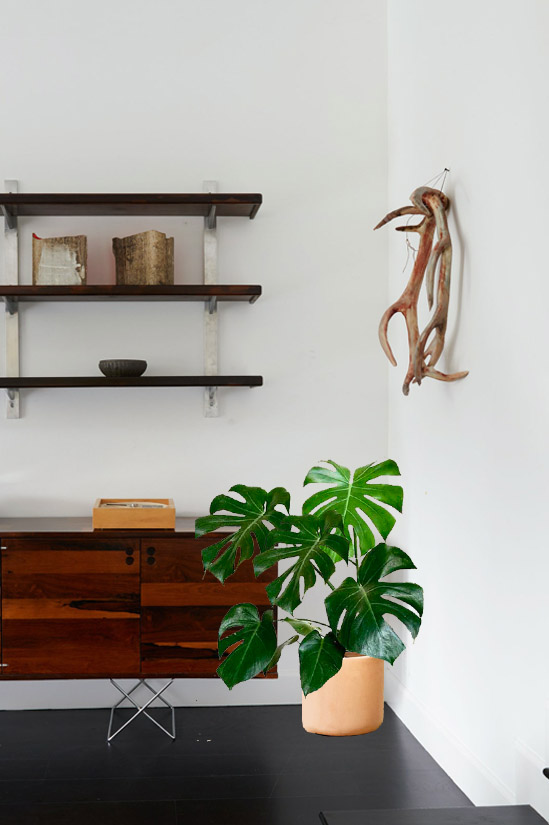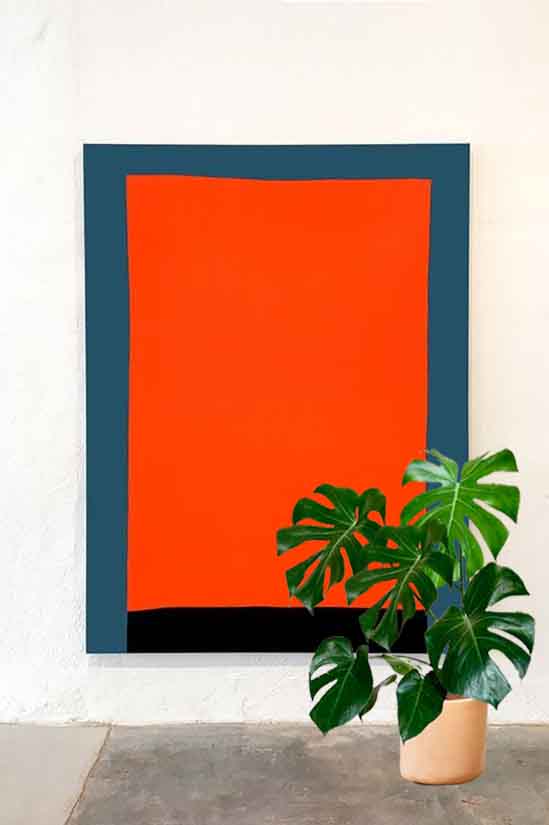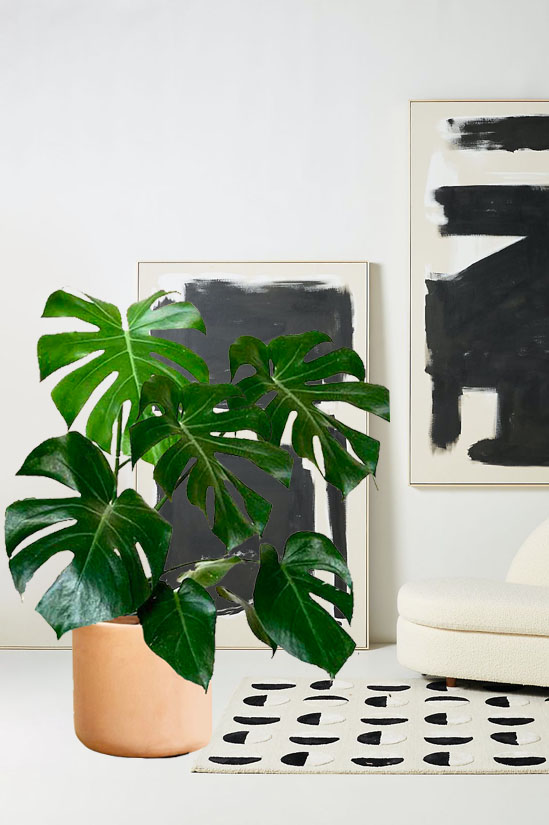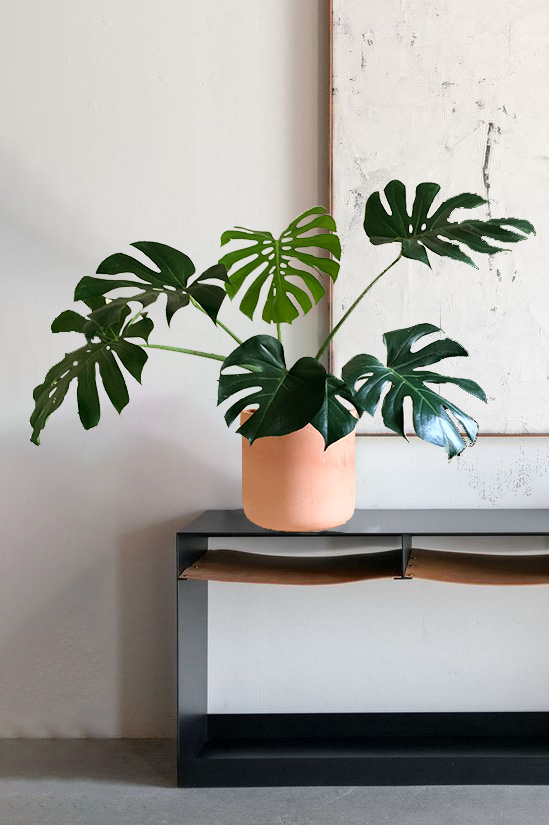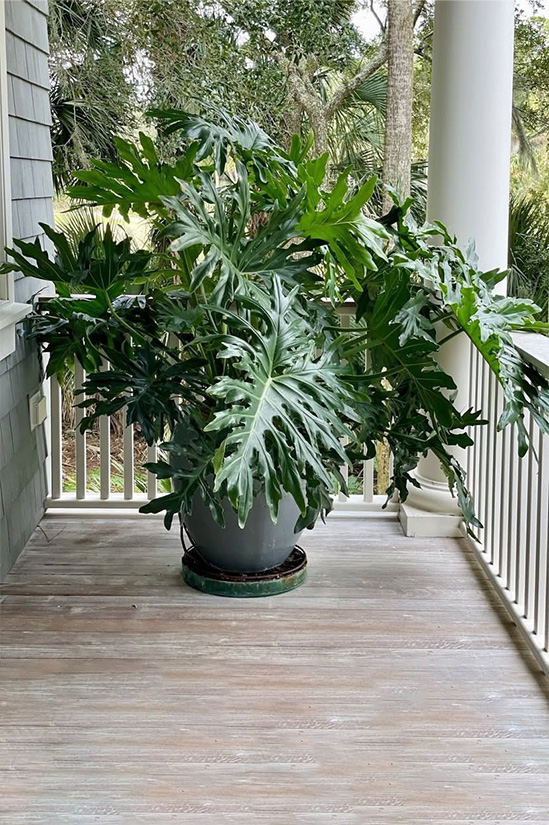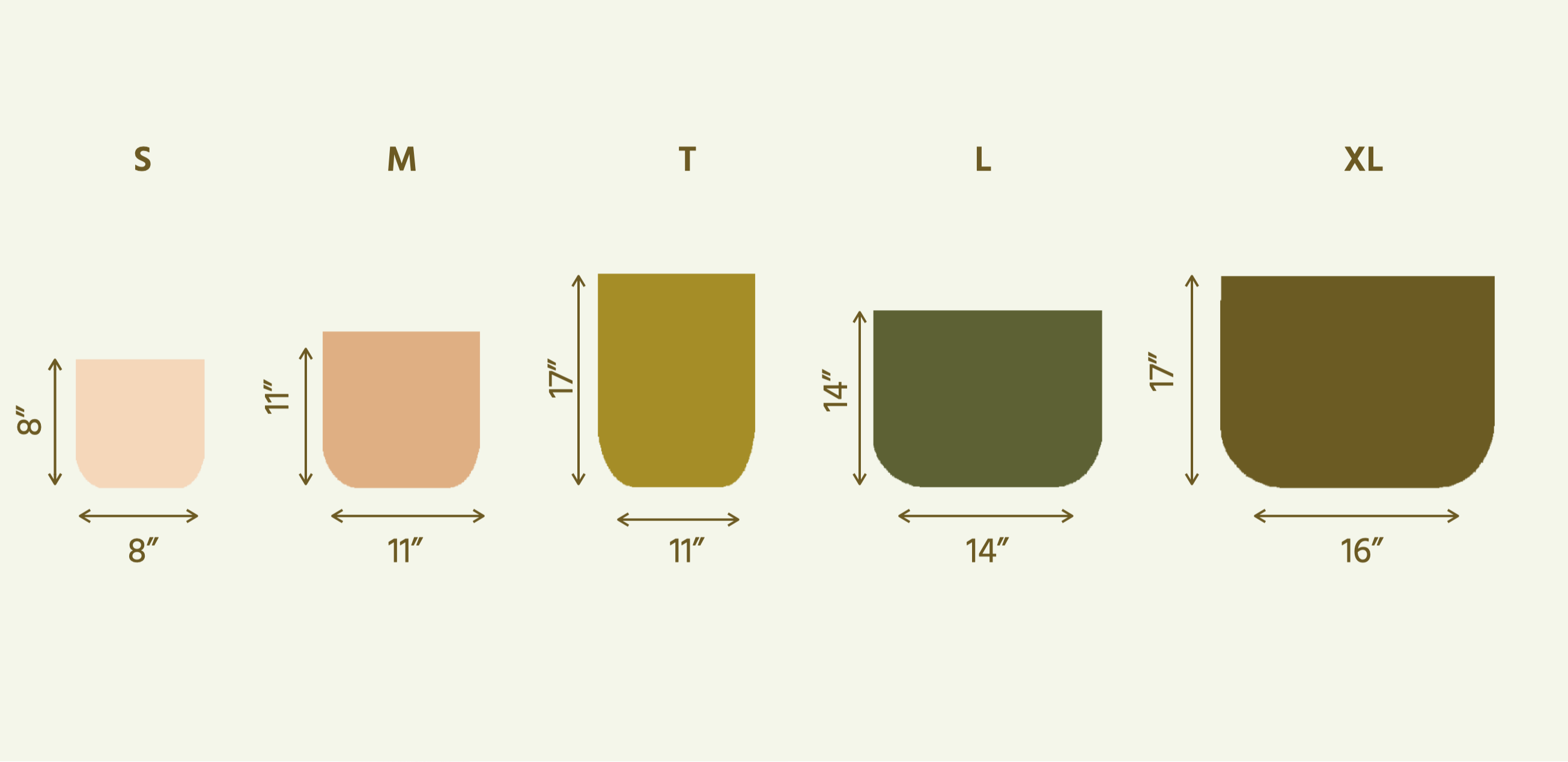Asparagus Falcatus
₹ 8,000
Her majesty. The Jungle Queen is regal, wild and glamourous in a beautiful shade of royal blue. Its giant, sculpted leaves are nothing short of spectacular. Truly a queen as it commands you to mimic its regal style in its space.
Sunlight:
Texture: Nursery Plastic
Size: 2 1/2 Feet
- M
-
Description
Her majesty. The Jungle Queen is regal, wild and glamourous in a beautiful shade of royal blue. Its giant, sculpted leaves are nothing short of spectacular. Truly a queen as it commands you to mimic its regal style in its space.
-
Size details
Base: 11" x 11"
Size guide
-
Material details
Ceramics are made from earth. They’re imperfect, but that’s what makes them beautiful. Our clay pots are handmade by an artist in Gujarat. The result? One-of-a-kind pieces of art and a warmth in our spaces we’re craving.
-
Material details
There’s something special about the perfectly-imperfect nature of ceramics. The raw touch, the way the light comes through and that it’s made from the earth all make a ceramic base more than a container.
After decades of using impersonal industrial products, clay, artisans and local manufacturing is making a comeback in interior decor.
Our ceramics are handmade by an artist in northern Gujarat using wild clay that is as minimally processed as possible. This art form is thousands of years old and allows us to go back to a simpler time. A material that is sustainable and low-polluting, clay gives us the relaxed warmth we’re craving. -
Care details
It's amongst the most laid-back and easy going house plants you'll find. Probably another reason why it's so popular.
A shady spot in a bright room is ideal. It easily adapts to a low-light condition although its growth may get stunted. Its leaves will burn in direct sunlight.
It doesn't like a lot of water. Three times a week in hot summer and less in the monsoon and cooler months.
It's a strong plant that will be happy without much of a fuss. -
Plant details
Native to the moist tropical rainforests of Mexico and Central America, the Monstera Deliciosa was discovered in the 1840s. Monstera deliciosa is a species in the genus Monstera which contains between 40 and 72 species.
In its natural habitat, these woody epiphytic vines can reach up to 60 feet tall and produce a delicious edible fruit that takes over a year to ripen. In the wild, it grows by attaching its aerial roots to nearby trees, which act as a trellis that lets the plant to grow into the upper reaches of the rainforest canopy as a way to get sunlight.
Indoors, the plant has a moderate growth rate and grows in height about 1 to 2 feet a year up to about eight feet. Their leaves alone can measure up to 2 feet long. Its naturally glossy large heart-shaped leaves have a characteristic split. You'll also spot intricate aerial roots growing out of the soil which benefit the plant by supporting the stems that hold leaves that can grow to 3 feet long.
The big, bold Monstera Deliciosa plant is also known as the "split-leaf philodendron” is found in many designer spaces for its "wow" factor.




